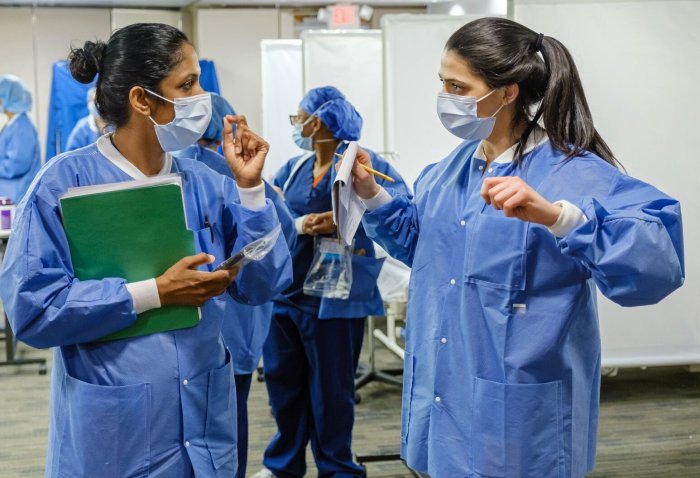What are examples of effective team dynamics during CPR? This question is of paramount importance in the medical field, as CPR is a critical procedure that requires seamless teamwork. Effective communication, role clarity, collaboration, adaptability, and training are key components of successful CPR outcomes.
This article delves into each of these aspects, providing practical examples and insights to enhance team dynamics during CPR.
Effective Team Dynamics During CPR

Effective team dynamics are crucial during cardiopulmonary resuscitation (CPR) to ensure optimal patient outcomes. Clear communication, defined roles, collaboration, adaptability, and regular training are essential elements that contribute to a cohesive and efficient team performance.
Effective Communication
Clear and concise communication is vital during CPR. Team members must convey information accurately and promptly, using standardized language and avoiding jargon. Active listening and providing feedback are essential to ensure understanding and minimize errors.
Role Clarity
Each team member should have clearly defined roles and responsibilities. This includes identifying the team leader, who coordinates and directs the team’s efforts. Role clarity minimizes confusion and ensures that all tasks are performed efficiently.
Collaboration and Coordination, What are examples of effective team dynamics during cpr
Team members must work together seamlessly, coordinating their actions to provide uninterrupted CPR. Effective collaboration involves sharing information, anticipating each other’s needs, and adapting to changing situations.
Adaptability and Flexibility
CPR scenarios can be unpredictable, requiring teams to be adaptable and flexible. They must be prepared to modify their approach based on patient response and unexpected events, such as changes in rhythm or airway obstruction.
Team Training and Practice
Regular team training and practice are essential to develop and maintain effective team dynamics. Training sessions should focus on communication, role clarification, collaboration, adaptability, and the implementation of standardized CPR protocols.
Popular Questions: What Are Examples Of Effective Team Dynamics During Cpr
What is the most important aspect of effective team dynamics during CPR?
Effective communication is paramount, ensuring clear and concise information exchange among team members.
How does role clarity contribute to effective team dynamics during CPR?
Role clarity defines each team member’s responsibilities, preventing confusion and ensuring smooth coordination.
Why is adaptability important during CPR?
CPR situations can be unpredictable, and adaptability allows teams to adjust their approach based on patient condition and unforeseen circumstances.

